Before skyscrapers, highways, and colonies, the land we now call America was home to an ancient world teeming with mysteries. Prehistoric America existed for tens of thousands of years before recorded history began, filled with giant mammals, lost civilizations, and evolving human ingenuity. Much of what we know today comes from fossils, artifacts, and geological discoveries that continue to rewrite the continent’s story. Here are ten captivating facts about prehistoric America that most schools never covered in depth.
1. Humans Arrived Far Earlier Than Textbooks Claimed

For decades, schools taught that humans first set foot in North America around 13,000 years ago. However, recent discoveries at sites like White Sands, New Mexico, suggest footprints dating back 23,000 years. These prints, preserved in ancient lakebeds, belong to early humans who walked alongside mammoths and giant sloths. This finding overturns the long-held “Clovis First” theory and paints a richer picture of early migration. It means people likely explored the continent during the Ice Age, far earlier than once believed.
2. Giants Once Roamed the American Plains
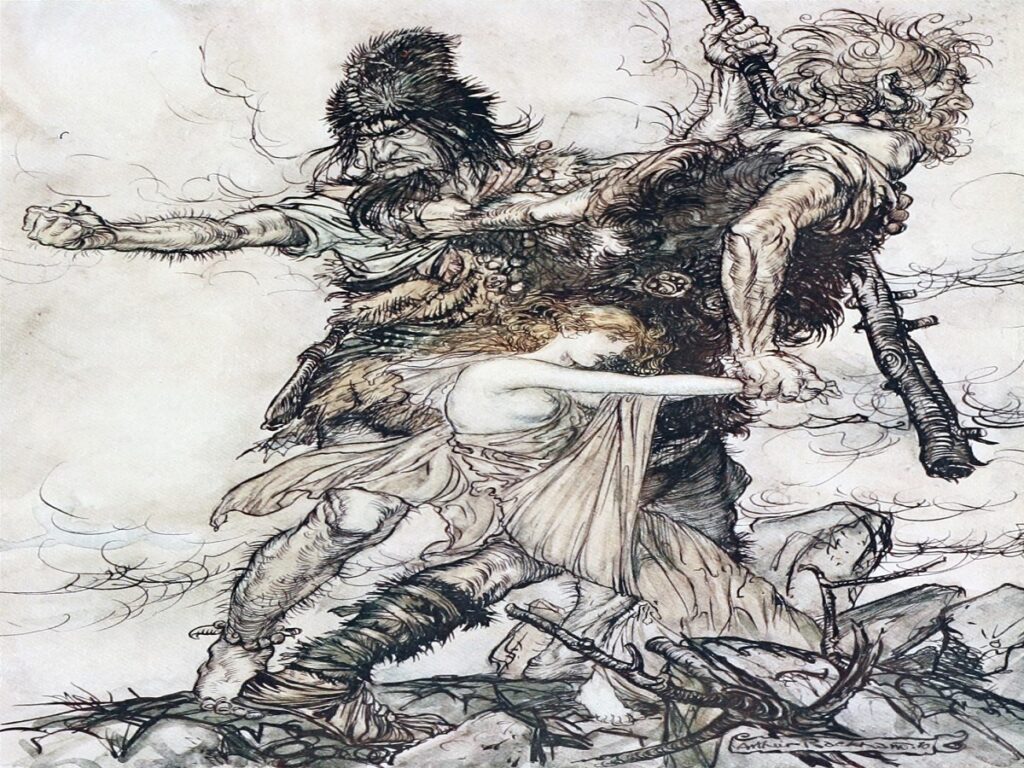
Before bison and deer ruled the grasslands, enormous creatures dominated the landscape. The Great Plains were home to mammoths, mastodons, and the fearsome short-faced bear, which stood over 12 feet tall when upright. These animals thrived during the Pleistocene Epoch, roughly 2.6 million to 11,700 years ago. Fossil evidence from states like South Dakota and Texas shows that early humans may have hunted these giants, leaving behind butchered bones and tools. Their extinction reshaped ecosystems and paved the way for modern species.
3. Ancient Americans Built Massive Earthworks
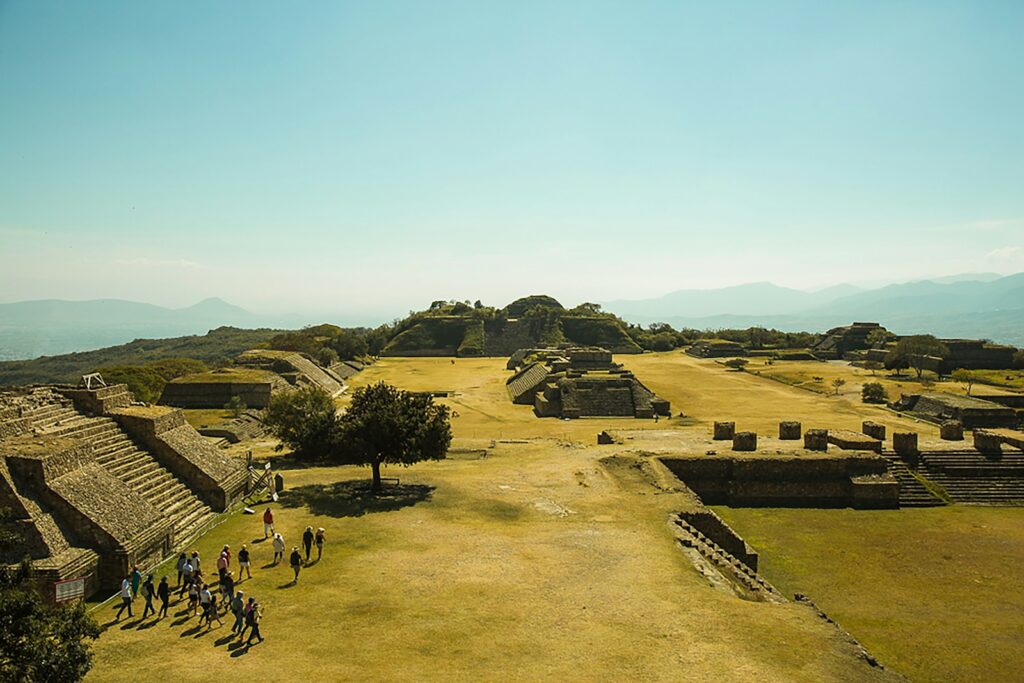
Long before steel and concrete, early inhabitants engineered massive mounds and geometric earthworks. Sites like Cahokia in Illinois, built around 1050 CE, and the older Poverty Point in Louisiana, built around 1700 BCE, reveal advanced city planning and trade systems. Cahokia’s central mound, Monks Mound, stands nearly 100 feet tall and was once the heart of a thriving metropolis larger than London at that time. These earthworks prove that prehistoric America was home to complex societies with sophisticated governance and astronomy.
4. America’s First Astronomers Mapped the Stars
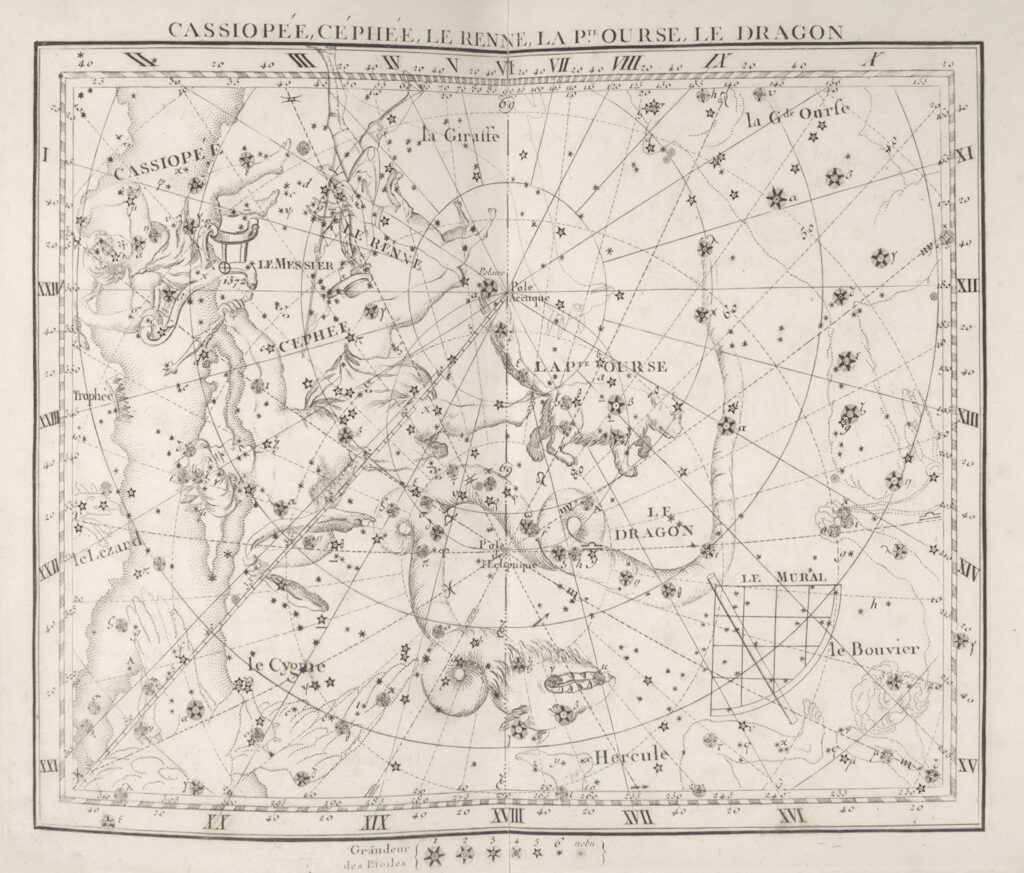
Thousands of years ago, prehistoric people observed celestial movements with astonishing accuracy. The ancient site of Chaco Canyon in New Mexico features structures aligned precisely with solar and lunar cycles. At Fajada Butte, the “Sun Dagger” marks solstices and equinoxes using sunlight patterns carved into rock. Built around 900 CE, these alignments show a deep understanding of astronomy without modern instruments. This knowledge guided agriculture, rituals, and calendars, revealing that early Americans had a cosmic connection to the world above.
5. Massive Lakes Once Covered the West
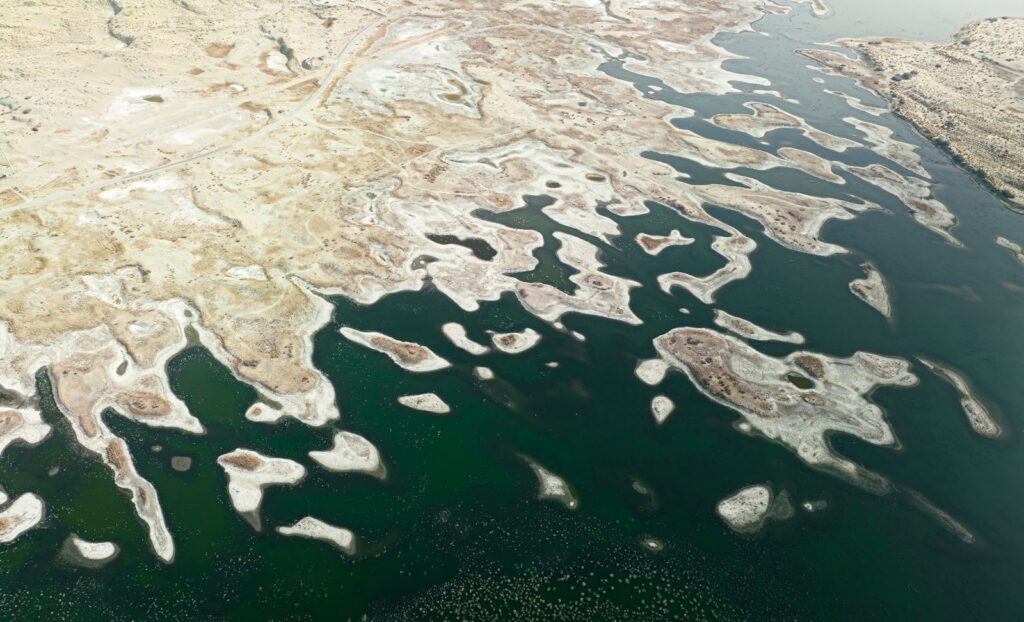
During the last Ice Age, vast glacial lakes dominated much of western North America. Lake Bonneville, for instance, covered parts of modern Utah, Nevada, and Idaho nearly 30,000 years ago. Its remnants form today’s Great Salt Lake. These lakes shaped regional weather and created fertile basins that attracted both humans and megafauna. Evidence of ancient shorelines and preserved fish fossils offers a glimpse into a dramatically different landscape. As the Ice Age ended, rising temperatures caused these great bodies of water to vanish forever.
6. The Desert Southwest Was Once Green and Alive
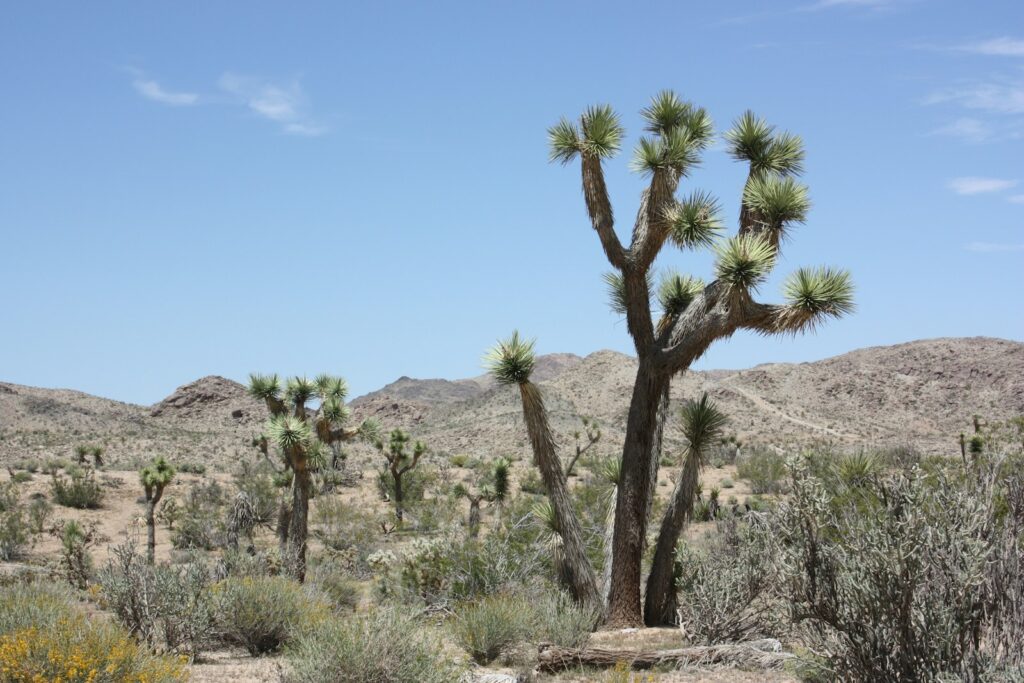
It’s hard to imagine the arid deserts of Arizona and Nevada as lush, green oases, but around 12,000 years ago, they teemed with rivers and woodlands. Fossil pollen and plant remains show forests of juniper and pine stretching across areas now barren. Early hunters thrived here, living alongside camels and saber-toothed cats. Ancient caves, like Nevada’s Spirit Cave, have revealed remarkably preserved human remains, dating to around 9,400 BCE. These discoveries remind us that shifting climates dramatically transformed America’s early environment.
7. The First Americans Hunted with Ingenious Tools

Before bows and arrows, prehistoric hunters used finely crafted stone tools known as Clovis points. Found across North America and dating back roughly 13,000 years, these spear tips demonstrate remarkable precision. Made from flint and obsidian, they were engineered for both strength and aerodynamics. Archaeologists have unearthed Clovis points alongside mammoth bones, showing how these tools helped hunters take down massive prey. Their craftsmanship marks an early leap in human innovation, proof that prehistoric Americans were not primitive but highly skilled.
8. America Had Its Own Lost Civilizations
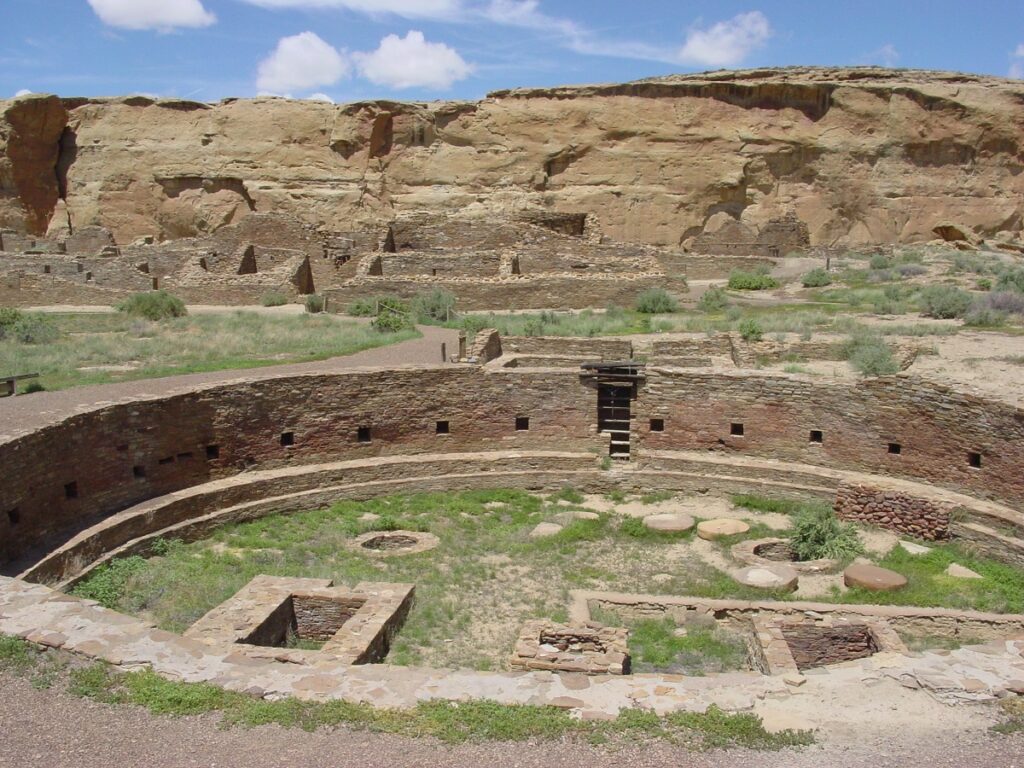
Beyond well-known cultures like the Maya or Aztecs, ancient North America hosted its own advanced societies that mysteriously vanished. The Ancestral Puebloans of the Southwest built complex cliff dwellings and road systems between 900 and 1300 CE. Cahokia, near modern-day St. Louis, housed tens of thousands before its sudden decline. Environmental changes, resource depletion, and social unrest likely led to their disappearance. These lost civilizations reveal that urban life, trade, and political power thrived in America long before European contact.
9. Ice Age Artifacts Reveal a Hidden Artistic Legacy

Though prehistoric American art is less famous than that of Europe, it is equally impressive. Cave carvings and rock paintings found in Utah, Nevada, and Texas depict hunting scenes, spiritual symbols, and even extinct animals. The oldest of these artworks dates back nearly 13,000 years. Many are located in remote canyons, preserved by dry climates. These creations weren’t mere decorations; they reflected beliefs, myths, and connections to the land. Such artistry demonstrates the creativity and cultural depth of America’s earliest inhabitants.
10. Prehistoric Trade Networks Spanned Thousands of Miles
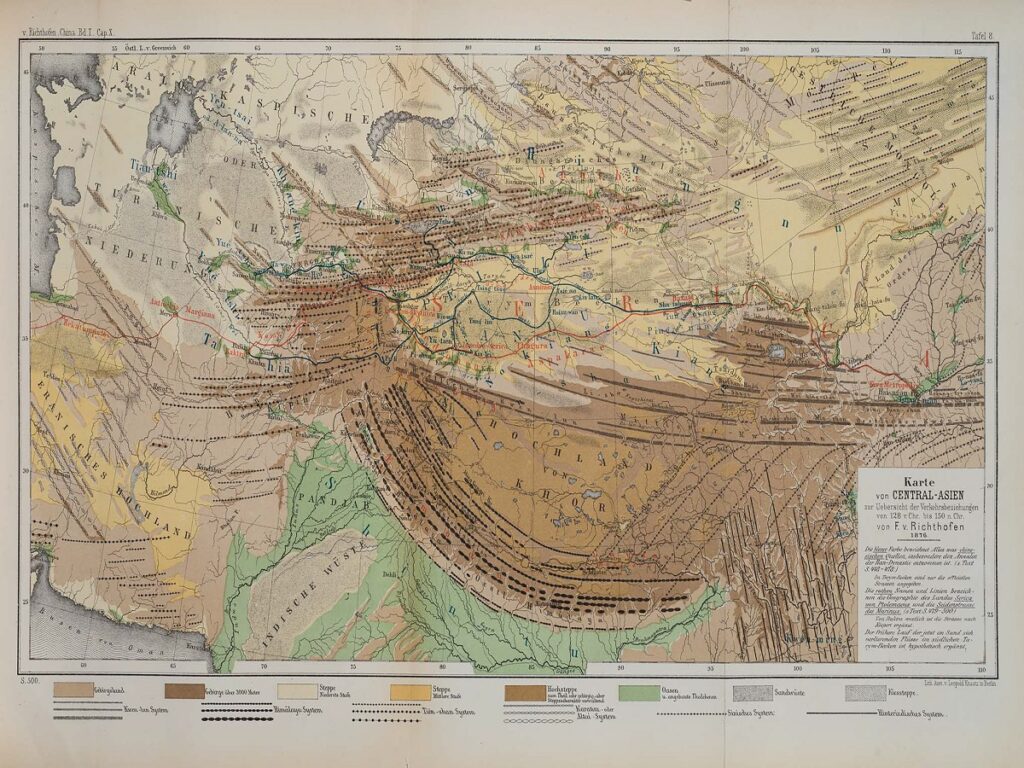
Long before ships and highways, early Americans built vast trade networks that connected distant regions. Archaeologists have found shells from the Gulf of Mexico in the Great Lakes, and obsidian from the Rocky Mountains in Ohio mounds. These exchanges date back over 4,000 years and show that trade wasn’t just economic; it spread ideas, technology, and culture. Goods like copper, mica, and turquoise traveled incredible distances, linking diverse peoples into a continental web of commerce long before modern civilization began.
Comments